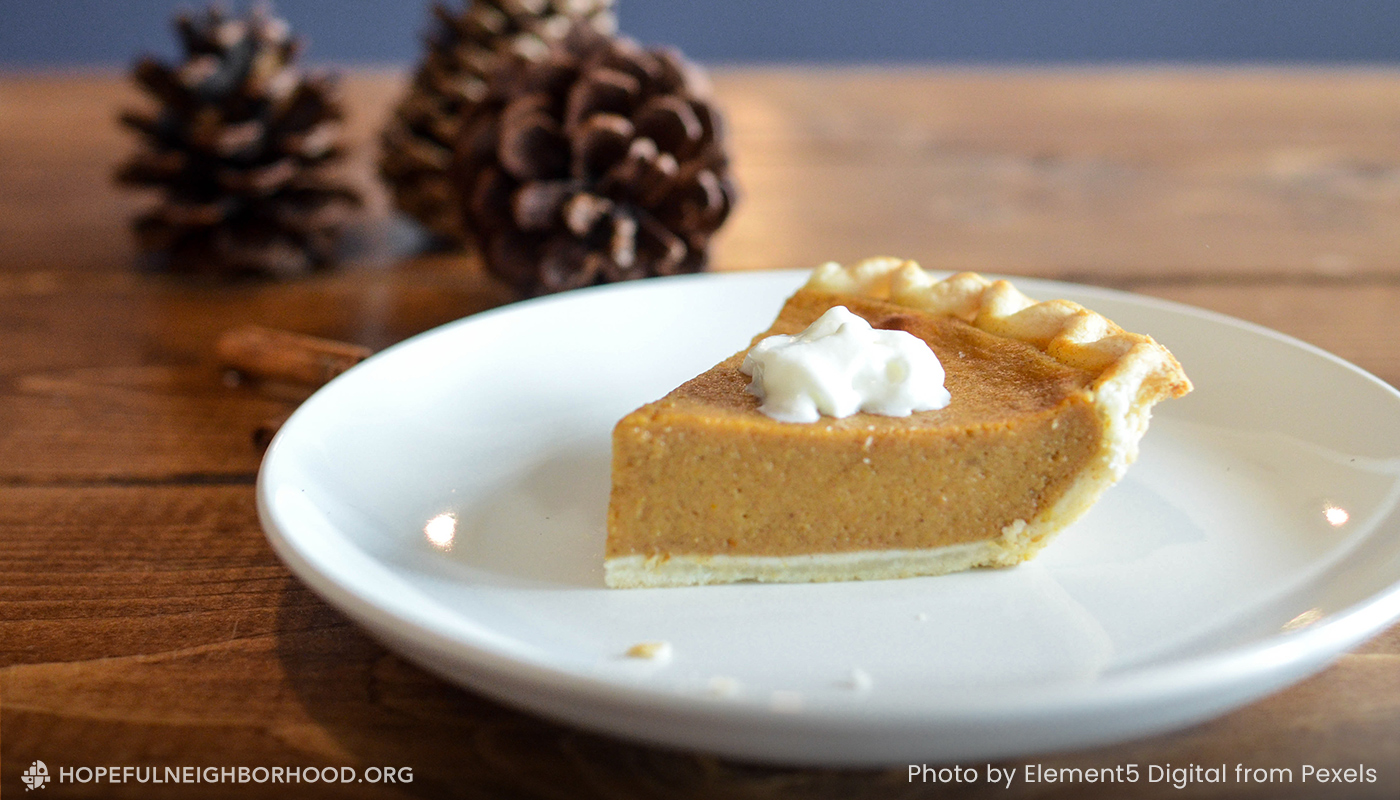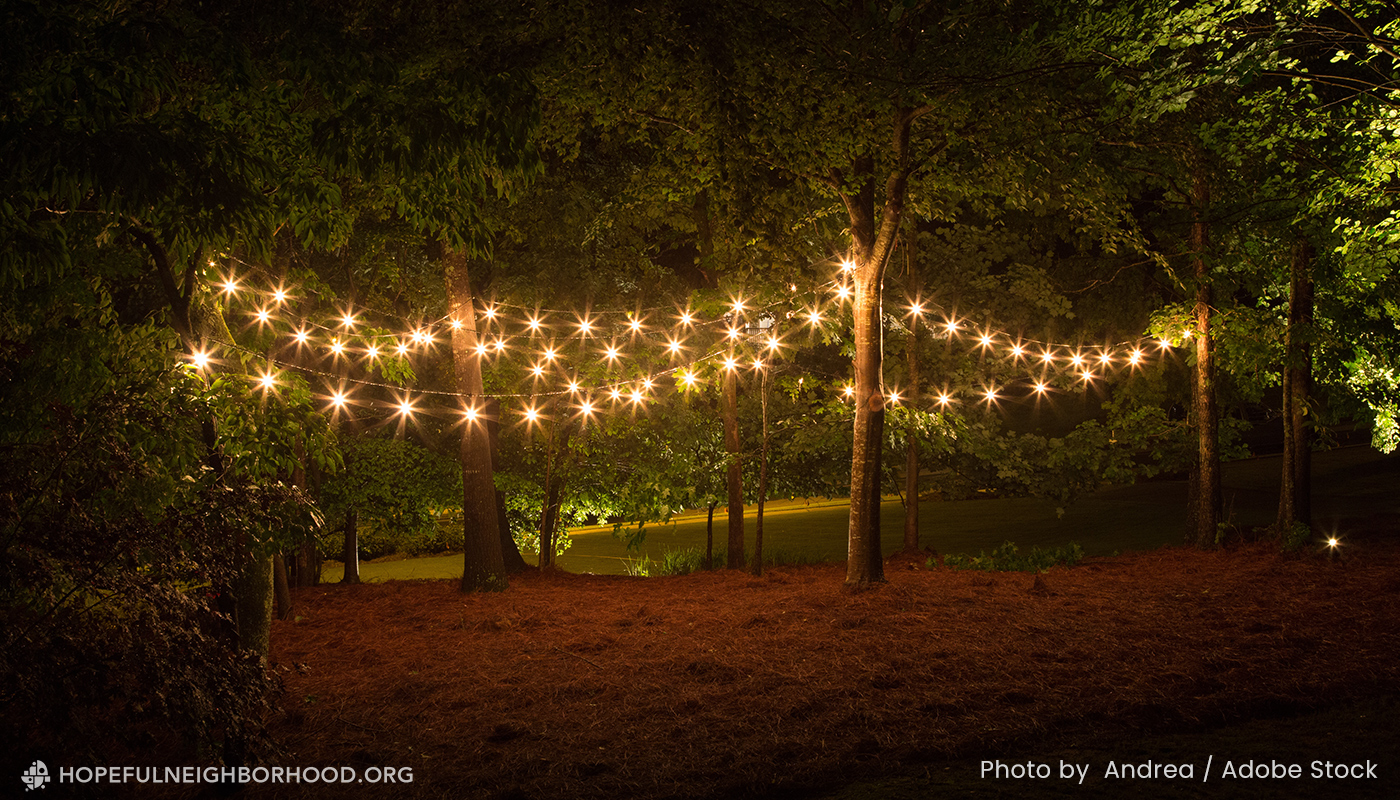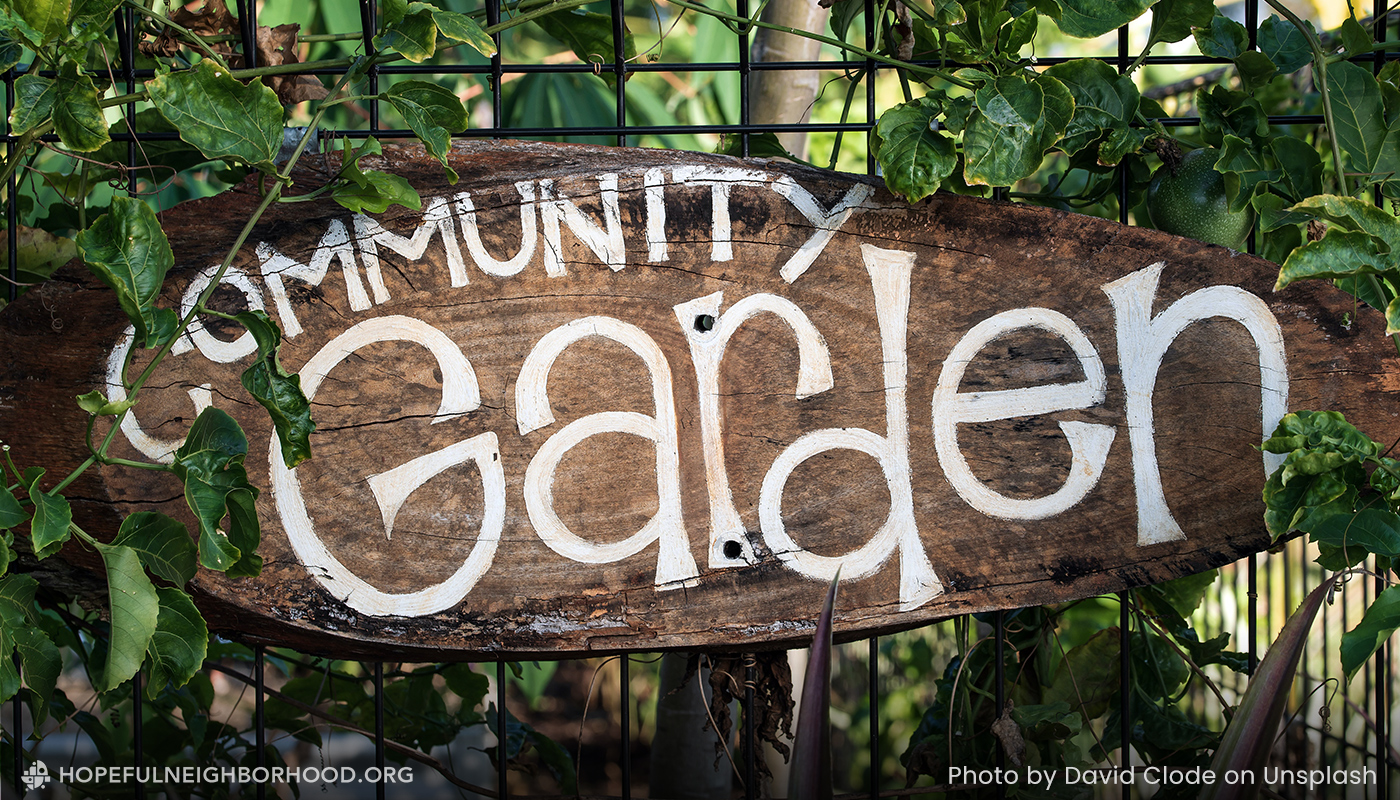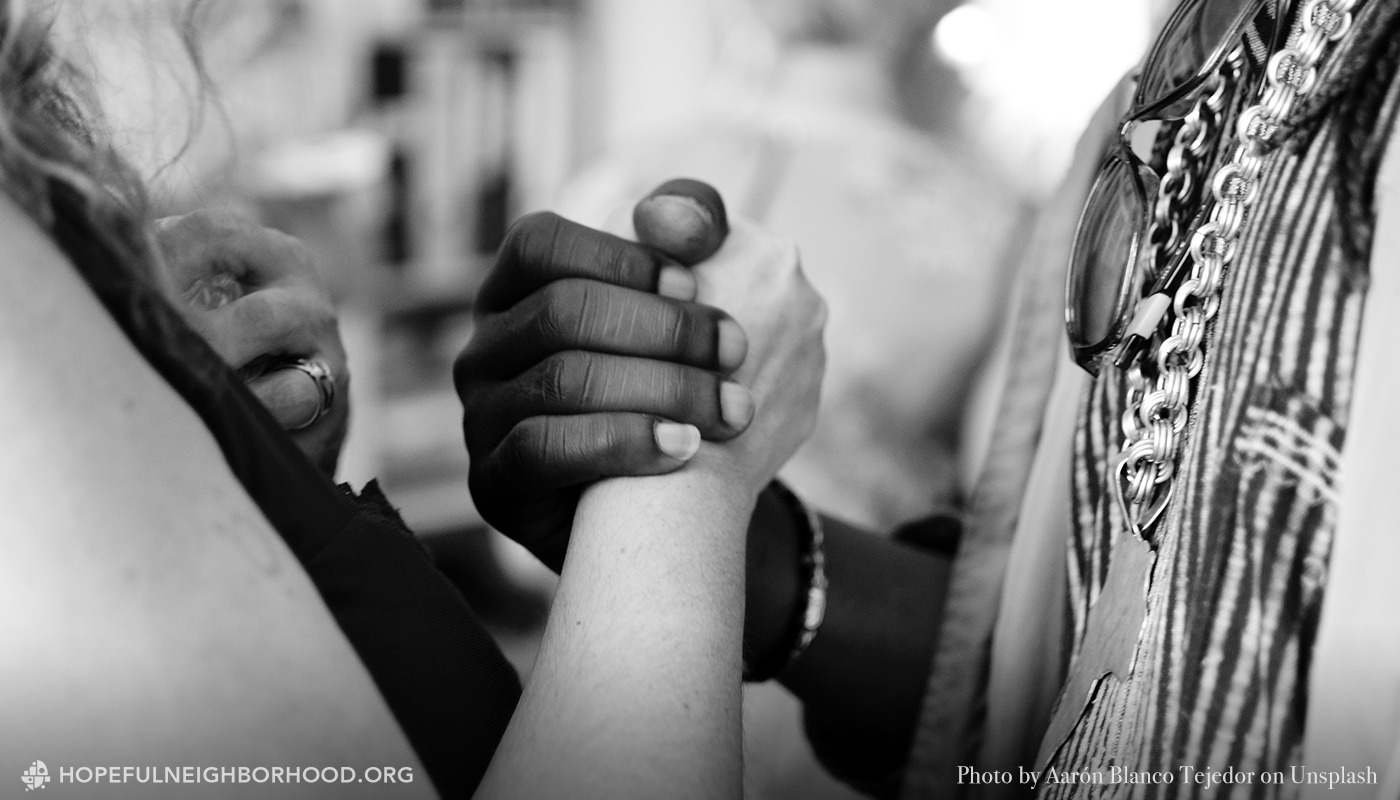While we may send out blanket event invitations to people in our neighborhood, the reality is the space we create communicates to folks if they belong or not. Here are five things to consider when hosting an inclusive neighborhood potluck dinner or event.
1. A Clear Invitationn nIt’s important to start any neighborhood event with a clear invitation. Be sure to include the basics: who is invited, what is the date and time (include an end time), where is it located, what is happening at the event, and what should attendees bring. You can share your invitation digitally via email/social media and/or print your invitation to deliver or post in public spaces. If you live in an area where multiple languages are spoken, it’s helpful to offer invitations in two languages. Here is an example of a clear and inclusive invitation:
The Cherry Grove Neighborhood Association invites all residents and business owners of Cherry Grove to join us for a potluck dinner in the pavilion at Carnegie Park on Saturday, May 21, from 6 p.m. to 8 p.m. We will provide all-beef hotdogs with all the fixings. If you are able, please bring a side or drink (no alcohol, per Park rules) to share. There is accessible parking and plenty of seating available. This event is free and open to everyone!
2. Physical Accessibility
As an able-bodied person who moves through the world with no restrictions, it can be very easy to overlook the physical needs of others. But for people who use mobility devises or have different levels of ability, it is very easy to recognize if a gathering works for them. Is your location barrier free? If it’s outside, is there level ground or a cemented area dedicated for those who need assistance or struggle with rough terrain? Do you have sturdy seating available? Have you advertised that your event is handicap accessible?
3. Hospitality
When you are hosting a cookout for your neighborhood, it is important to remember that the goal is to build relationships. It’s great to have one or two people in charge of greeting people and making sure everyone has a name tag. Name tags help folks remember one another and avoid the awkward moment of “We’ve met before … but I don’t remember your name.”
4. Food
When hosting a neighborhood get-together, potlucks make it easy! This meal arrangement allows for folks to ensure that some aspect of their food preferences are met. It is also helpful for the host to ask guests if there are any dietary needs to keep in mind. Take hot dogs for instance. I learned early on in my neighborhood event planning that many of my neighbors don’t eat pork for religious or cultural reasons. For the last ten years, any hot dogs we buy—because they are a cheap and easy protein at a potluck—are all beef. For the vegans and vegetarians among us, we buy a pack of tofu dogs. Pick up a bag of gluten-free buns and all of a sudden you’ve accommodated a whole group of people with specific dietary preferences. These easy food adjustments speak to sensitivity and inclusion when you are the one with dietary needs, and you see how there is effort being made to include you.
5. Activities
Offering simple activities at an event you host is a welcome diversion for those who attend. Easy-to-do tasks or fun challenges help people break the ice with others; this gets folks engaged in the activity and leads to conversation. Depending on your crowd, activities might include a sensory table with fidget spinners and coloring books, puzzles and simple table-top games, or playdough. Pinterest is full of activity ideas for children and adults.
These five simple things will go a long way in creating hospitable neighborhood gatherings. Have you tried any of these tips? Do you have others to add to the list? Share your thoughts in the comments!




0 Comments